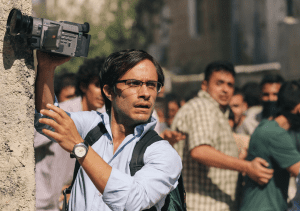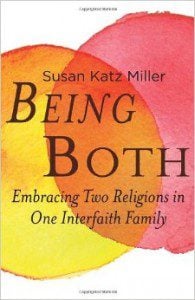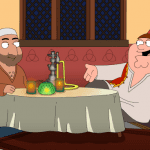 |
|
Not representative? Not meant to be
|
A new unscripted show about a handful of Muslim families from Dearborn premiered on TLC this weekend. Like many other American Muslims, I waited anxiously for the show “All American Muslim,” hoping it would put a more human face on our community through a mainstream media outlet. I watched patiently as one Arab family after another introduced themselves and tried to highlight how their multiple identities shaped their everyday lives. Just a few minutes into the show, my Facebook and Twitter newsfeeds started buzzing with commentary about the show. Many Muslims seemed to be disappointed that the show was not truly representative of them or what they knew about their fellow Muslims in America.
This kind of criticism should have been expected. Muslims across the globe are incredibly diverse, and American Muslims are no exception. The majority of American Muslims are not of Arab descent. Many of them do not live in 4,000 square foot homes. Some of them do not have belly dancers at their weddings receptions, but many of them do. It goes without saying that American Muslims are not a homogeneous group.
Even though a show cannot capture the complete diversity of American Muslims, many viewers would argue that it did not even come close to capturing the reality of Muslim communities in America. While the Fordson football team enjoys attending a high school where 95% of the students are Muslim, most American Muslims do not. More likely, their high school has only a handful of Muslim students. That handful would probably include an African American, a Pakistani American, and an American convert. The fact that these kind of Muslims who represent a larger segment of American Muslims in the US were nowhere to be found on the show is a legitimate criticism.
There is no denying that the name of the show is somewhat misleading. But if the goal was not to represent all Muslims in America, instead to just provide viewers with a birds-eye view of a town where Muslims happen to be the majority, then that goal was accomplished. The show could have been more aptly named, “All American Dearborn Arabs” as most of the families highlighted are authentic Dearbonites, many of whom happen to Shiite and have a Lebanese heritage.
The “reality” is that “Jersey Shore” doesn’t represent Italians in NJ, “Sister Wives” doesn’t represent all Mormons, “Kate Plus Eight” doesn’t represent all families of multiples, so why would would we expect this show to represent all American Muslims? After all, it is not a documentary with journalistic standards, a la PBS’ Frontline, for example. It is a made-for-television reality TV show. It’s a show that needs to bring in advertisers in order to keep on running. It’s a show that needs high ratings so it does not get cut.
We have to ask ourselves: to what extent can a 40-minute episode cut from hundreds of hours of raw footage represent reality? How “real” can these families be when they have camera crews stationed in their living rooms all day? We have to take these facts into account before trying to set such high standards for everyday entertainment television. These families had the courage and openness to allow TLC to come into their homes, to film their strengths and vulnerabilities, a challenge that many Muslim American families would shy away from.
“All-American Muslim” is not supposed to represent you or your community. It represents the individuals and families that are featured on it, no more no less. How much “reality” is in this “reality TV show”? A lot of if you ask me: the reality of being parents of a newborn child facing sleepless nights, the reality of being a small business owner (yes, a club is a business), and the reality of coaching a bunch of teenage football players. These are challenges and issues that Americans face everyday, and that’s what non-Muslims will hopefully glean from this. Moreover, this show is a reality check for our own Muslim American communities. Let’s stop assuming that Muslims do not drink, have tattoos, or own clubs. If you were somehow shocked by the scenes on this episode, it simply indicates your lack of intermingling with a representative sample of American Muslims.
Not only do the featured families deal with every day run of the mill challenges that Joe Shmoe faces, they also have to worry about hate crimes, discrimination at work, and bullying at school. The previews of the next few episodes seem to indicate more depth as the show dives deeper into the lives of these five families. I hope people will continue to tune in, while pushing aside their own judgements of what an “American Muslim” is or should be.
Tuqa Nusairat is a wife and mother of a gregarious one-year old. She enjoys reading, writing, and working on issues of foreign policy, international development, and social justice. This post first appeared on growmama.com












